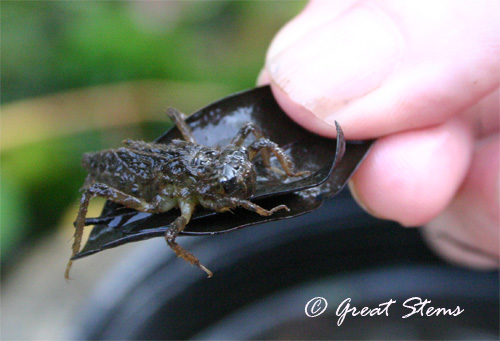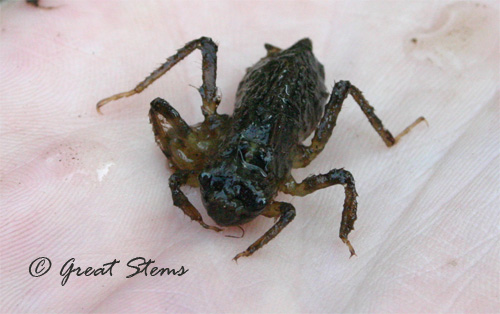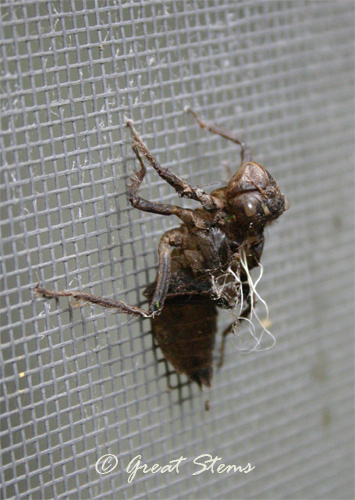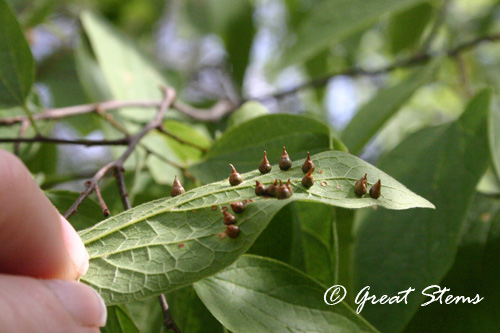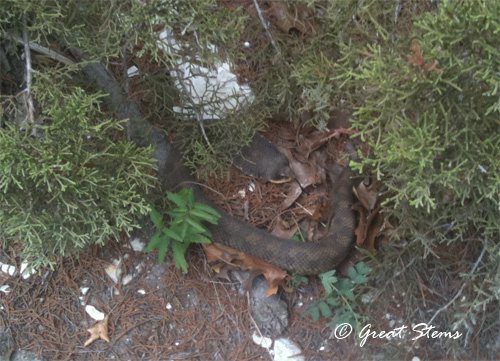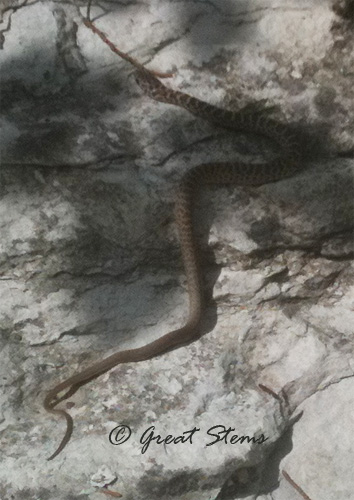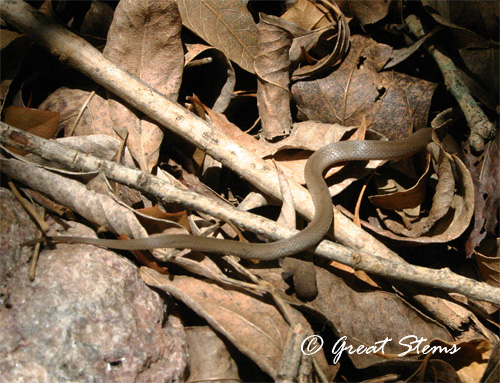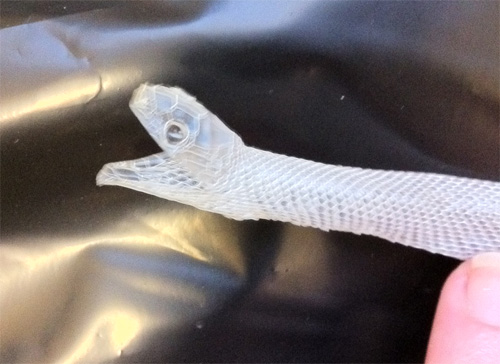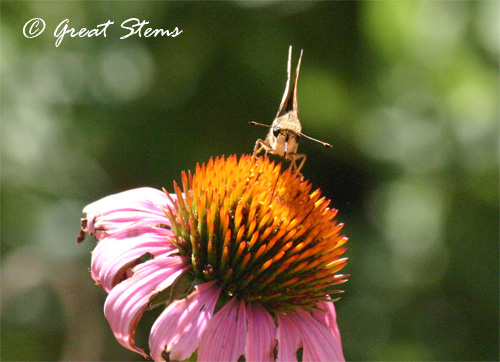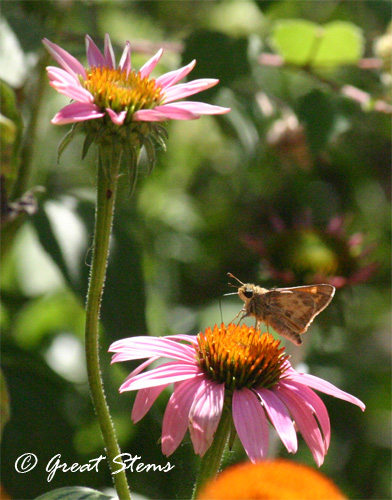For those of you who know me, you know that not only am I an avid wildlife gardener, but I’m also an educator for adults and children about all things nature. I love helping people reevaluate their feelings about snakes, spiders, scorpions, and other creatures they might otherwise fear, so they can understand the value of these animals in our fragile ecosystem. Our family corn/rat snakes, originally requested as pets by my sons, are also teaching buddies, and I periodically bring them to classes and nature groups to give people a chance to hold or touch a snake and ask questions. Well, one of our snakes managed to squeeze her way out of her travel bin this week and go for a temporary adventure inside my car. Snakes are very good at hiding, you know, so it took a little strategy to coax her from her secret spot. Rest assured, she’s back home safe and sound after only a day of getting to ride around with me, and we’ll be getting a new travel bin immediately (for those who wish to know, we lured her out with a thawed mouse in the evening). But thanks to our excitement, I can now give you:
10 Unexpected Benefits of Having a Snake Loose in Your Car
10. You have someone to talk to on those long drives to and from work, even if technically they can’t hear you.
9. It lets you know who your real friends are, because if they can read this post and not think you are the weirdest person in the world, they are good people.
8. You have a nocturnal watch snake to keep car burglars away.
7. You might never again be asked to get up at 3am to take someone to the airport for an early flight — or for any flight, for that matter (picture “Snakes on a Plane”). In fact, no one might ever ask you for a ride anywhere again. Think of the gas you’ll save.
6. If you do have to give someone a ride, you get to enjoy the awesome secret of knowing what they do not that there might be a snake lurking right under their seat, or the potential opportunity to watch them freak out in the car if you do tell them.
5. You’ll never have a mouse or rat problem in your car.
4. You get to work your brain and engage those problem-solving skills (or tap into your snake-charmer super powers) to outwit the snake and get her out of your car.
3. You have a story that you can share for the rest of your life, anytime you want to make people laugh… or cringe.
2. You get to prove that you are smarter than the jerk at the pet store who told you that you’d need a mechanic to take your car apart to find the snake.
1. You get to experience the joy of reuniting with a “long” lost member of the family — once you catch her.
And for the record, I don’t actually recommend you keep a snake in your car. I do, however, recommend that you find humor in your life where you can. 🙂 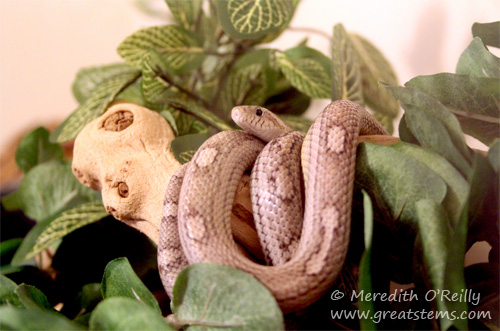
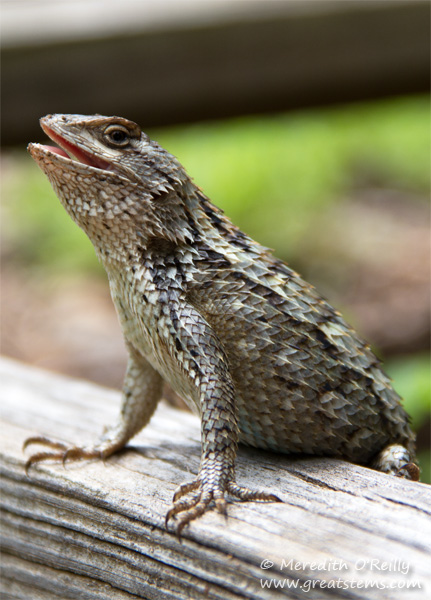
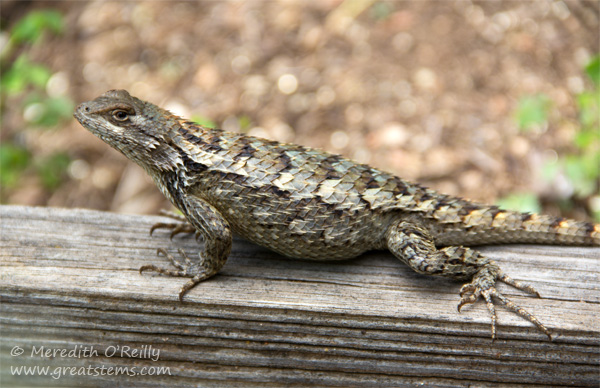
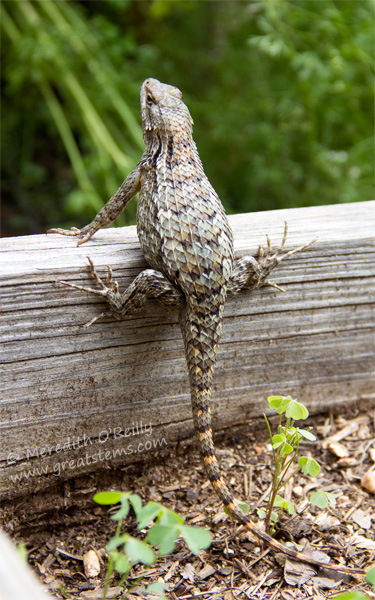
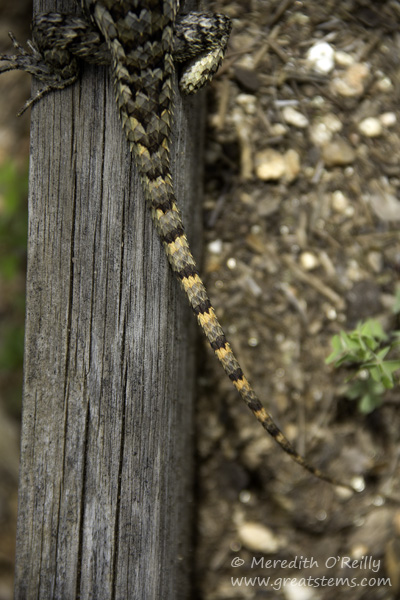
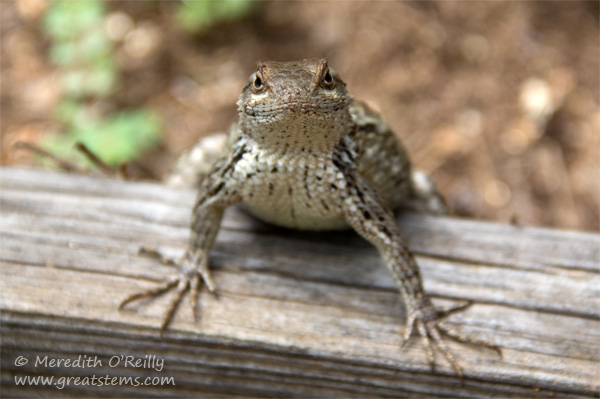
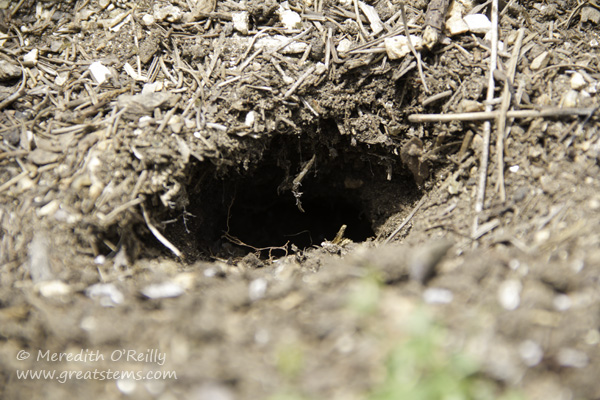
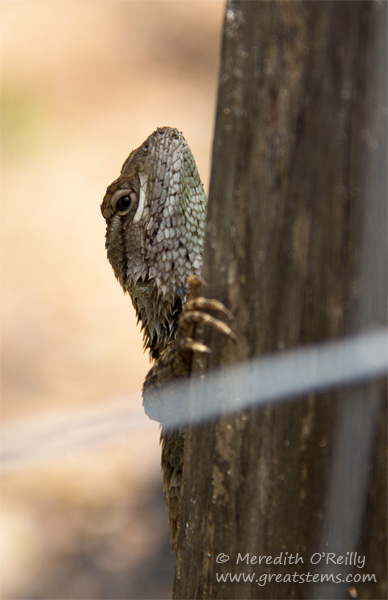
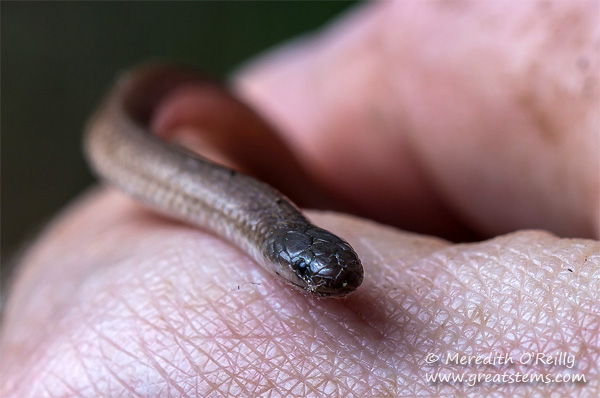
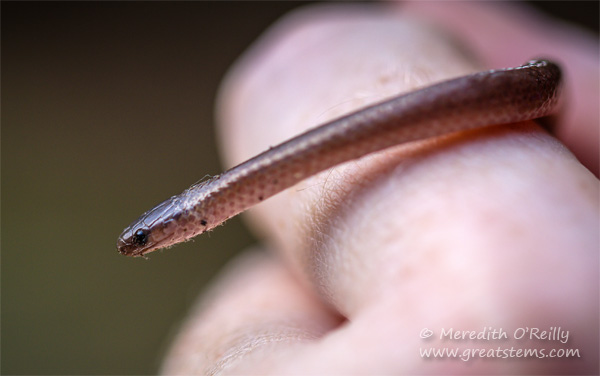
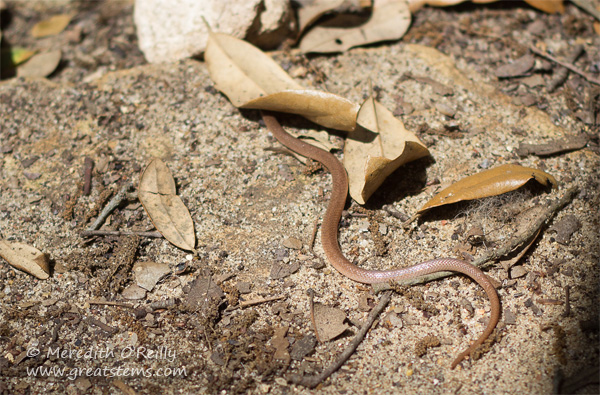
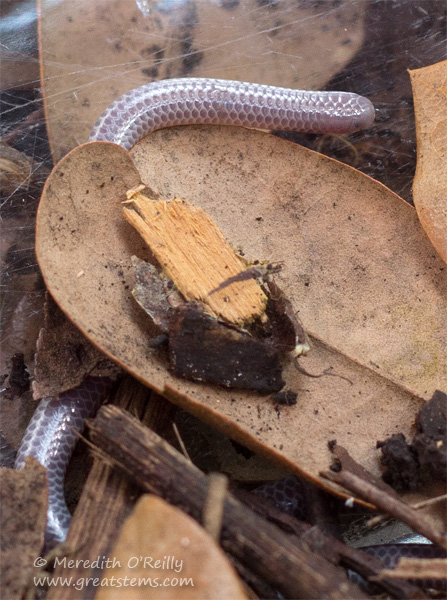
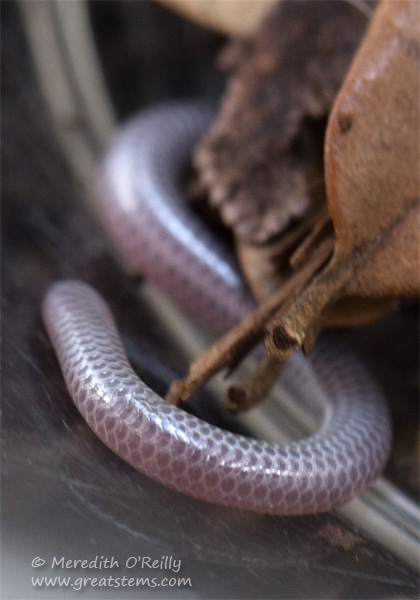
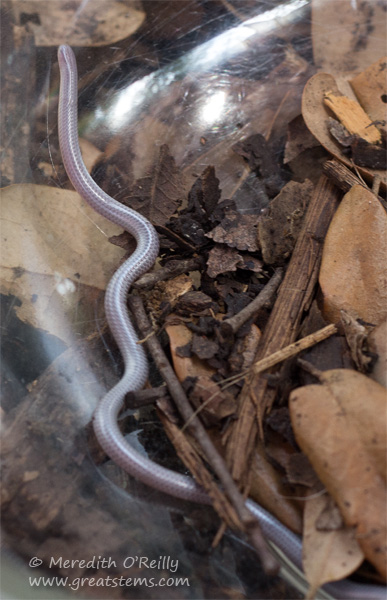
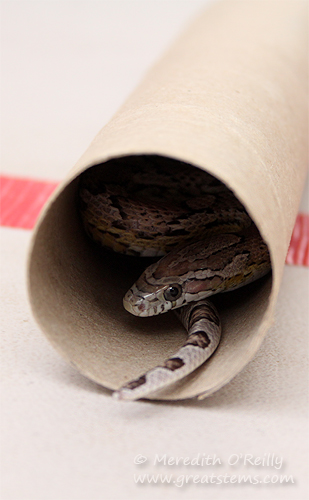 We have two snakes, but I only brought Walker for this teaching outing at
We have two snakes, but I only brought Walker for this teaching outing at 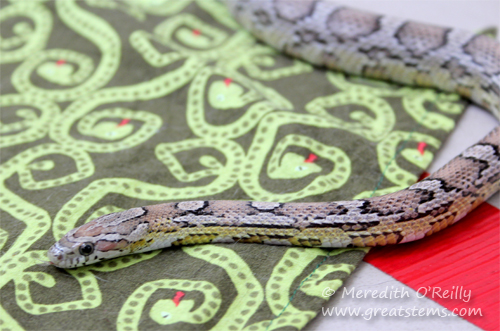 He’s quite comfortable with being touched, having been handled by our family and guests for so long, but he still a little guy and rightfully cautious when on a big white table under trees filled with birds.
He’s quite comfortable with being touched, having been handled by our family and guests for so long, but he still a little guy and rightfully cautious when on a big white table under trees filled with birds.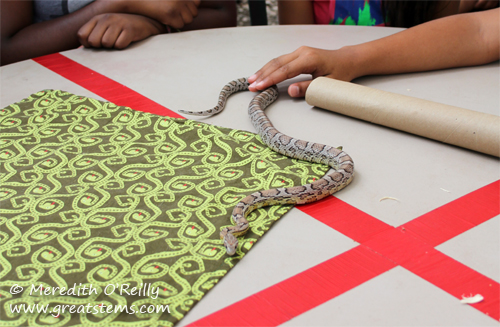
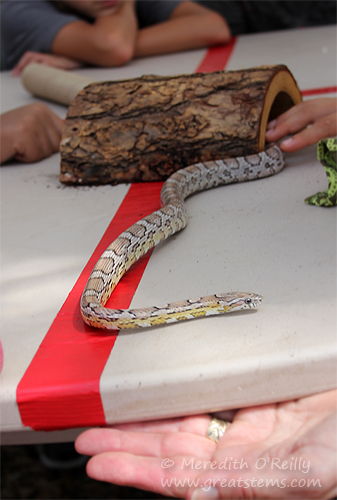
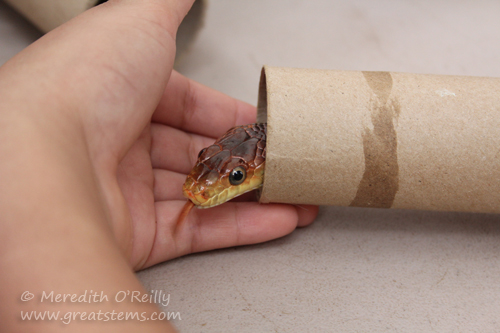
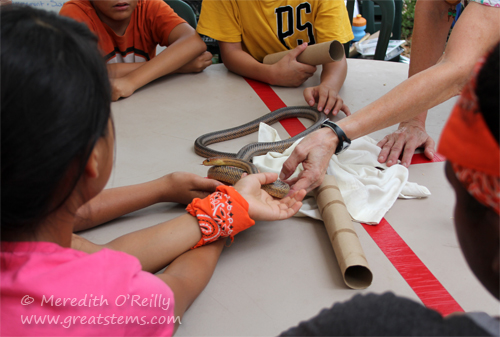
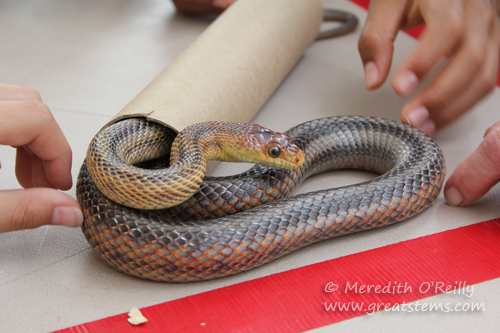
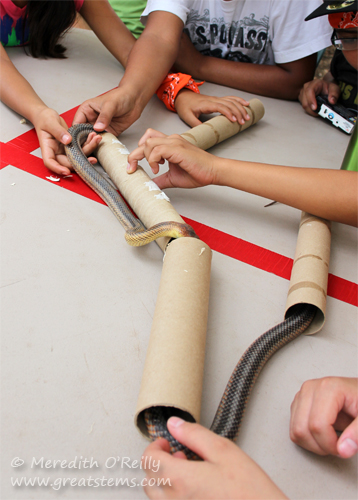



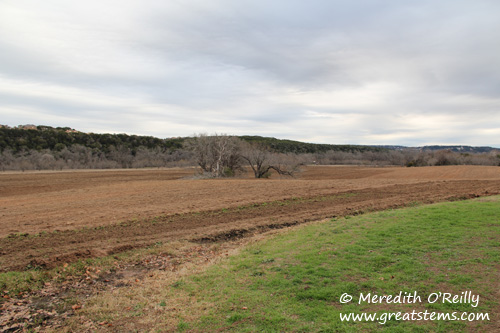
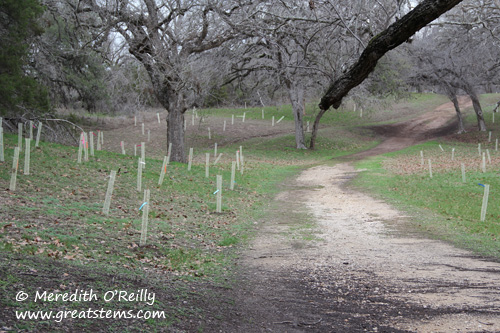
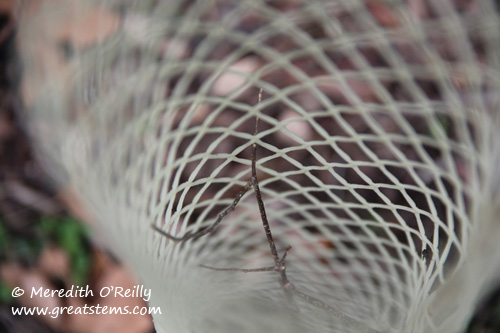
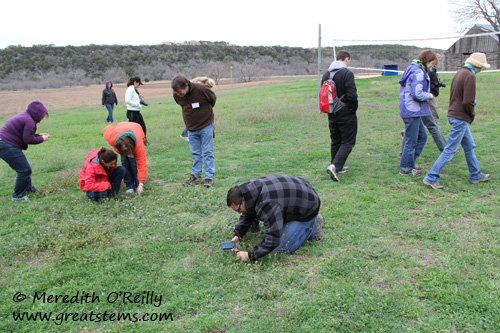
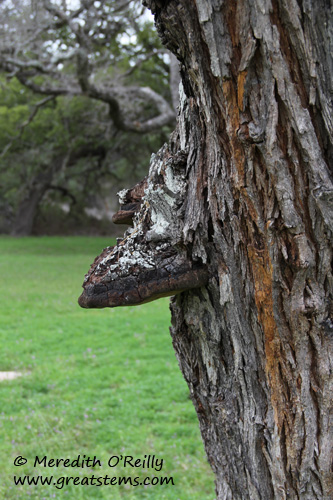
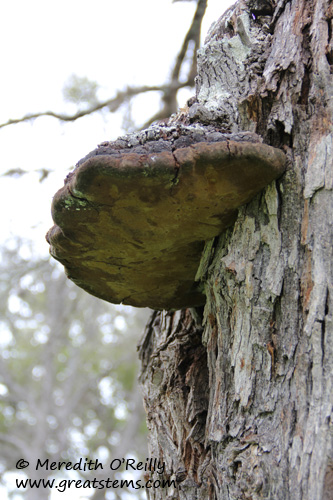
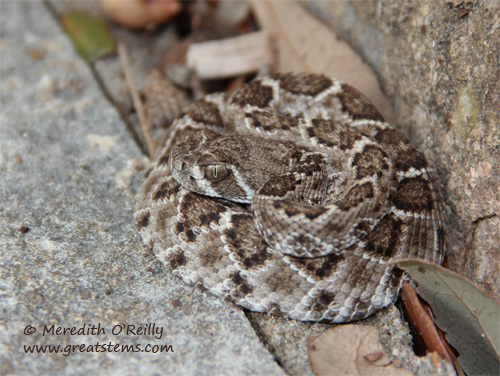
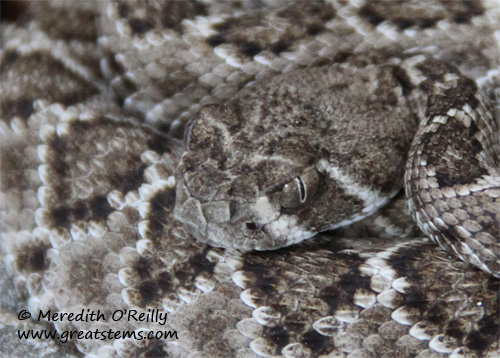
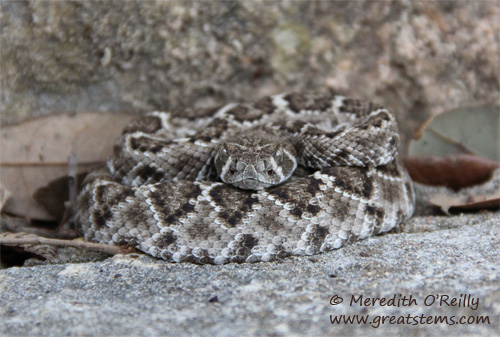
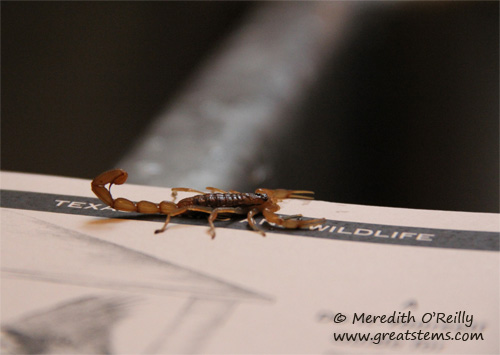
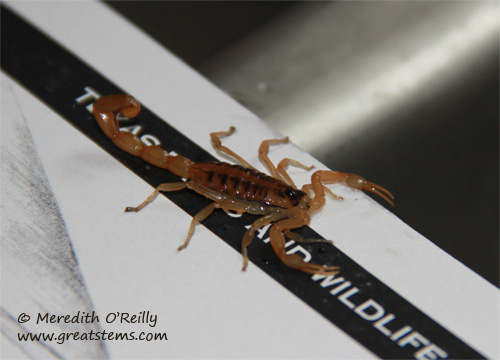
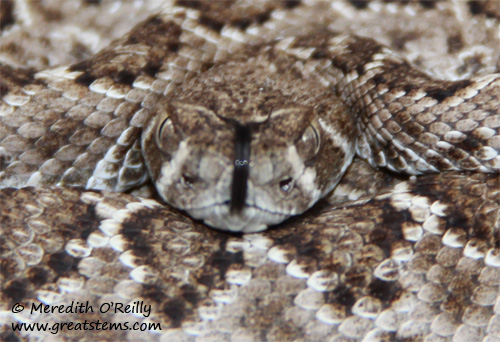
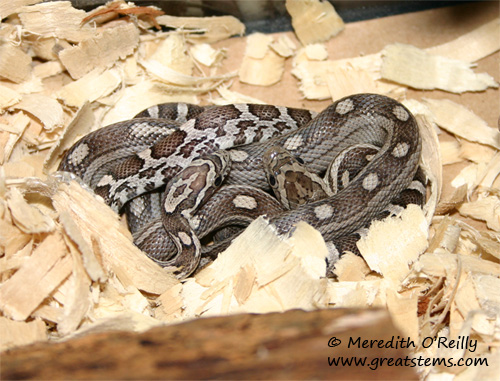
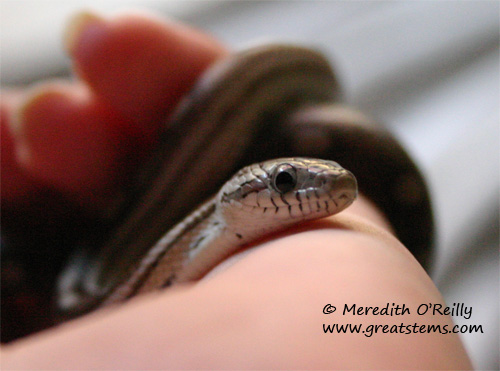
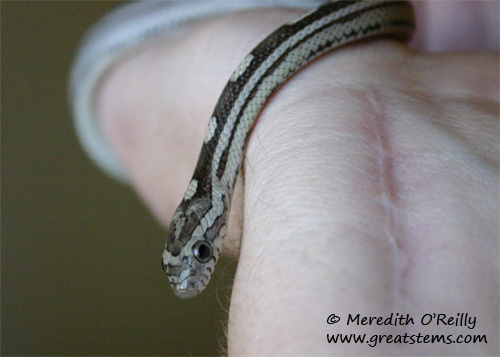 She is a corn snake, one that is an anerythristic motley (meaning she lacks red pigmentation and has that dotted pattern you see on her dorsal side). She likes to climb and explore, but she is also content to entwine herself through your fingers or to wrap around your wrist until you have a serpentine bracelet.
She is a corn snake, one that is an anerythristic motley (meaning she lacks red pigmentation and has that dotted pattern you see on her dorsal side). She likes to climb and explore, but she is also content to entwine herself through your fingers or to wrap around your wrist until you have a serpentine bracelet. 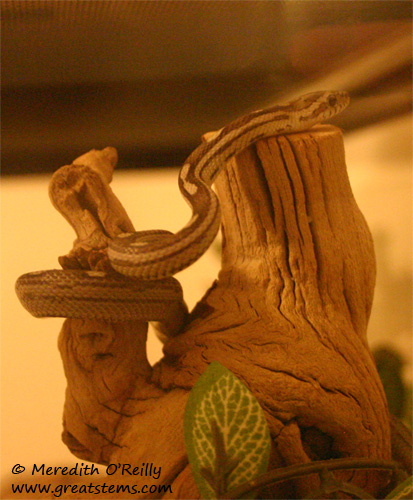
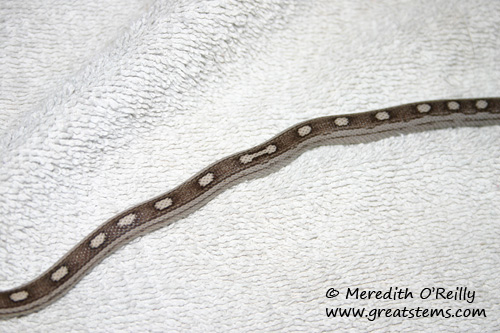
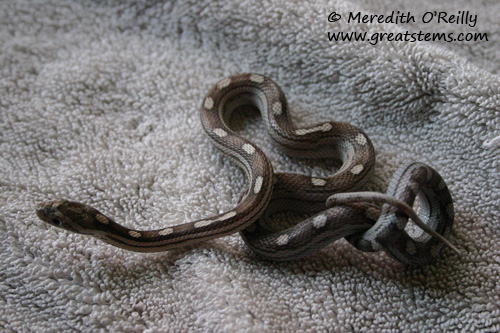
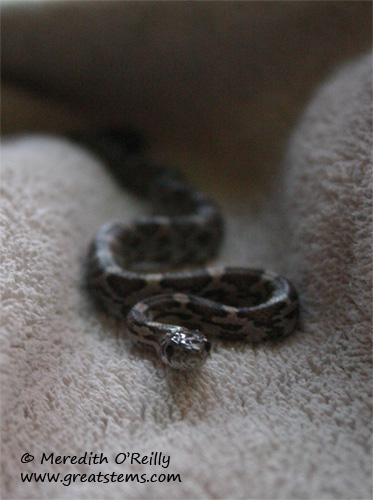
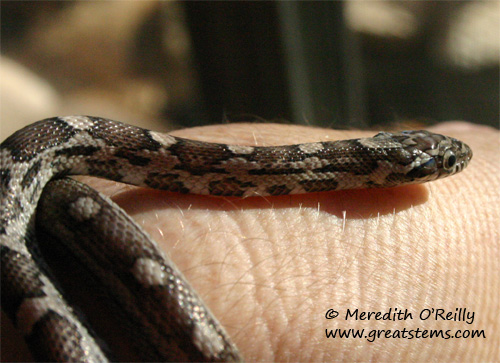
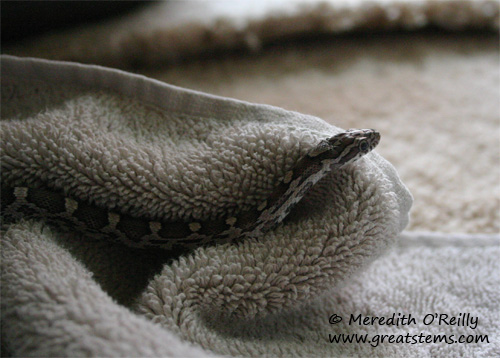
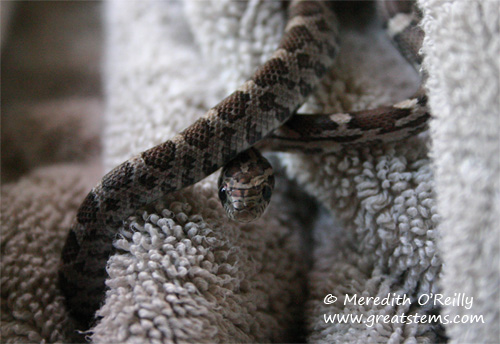 He’s most content staying on the ground, of course, and he moves quite comfortably on a relatively flat surface. And so we named our legless pet Walker, after MUCH deliberation, discussion, voting, and compromise between members of my family. A little bribing might have happened, too — hey, we know how politics work! For the record, Walker is his last name — now we’re deliberating, discussing, and so forth on the initials that will someday be in front of his name.
He’s most content staying on the ground, of course, and he moves quite comfortably on a relatively flat surface. And so we named our legless pet Walker, after MUCH deliberation, discussion, voting, and compromise between members of my family. A little bribing might have happened, too — hey, we know how politics work! For the record, Walker is his last name — now we’re deliberating, discussing, and so forth on the initials that will someday be in front of his name. 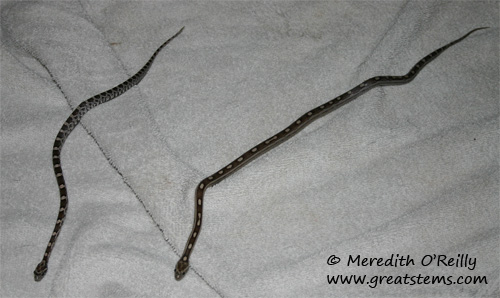
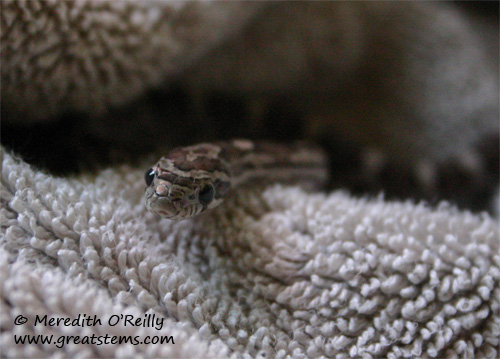
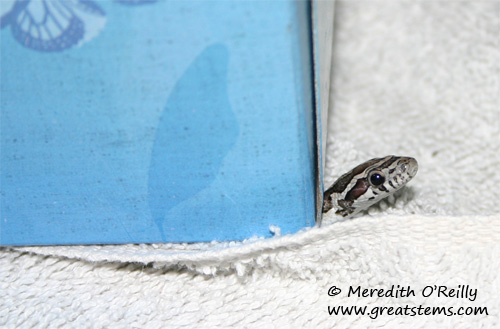
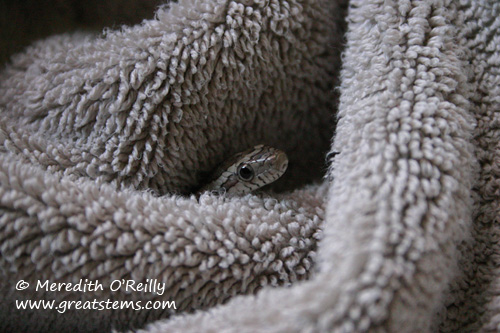
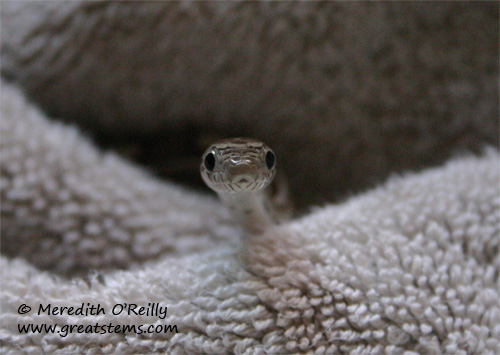
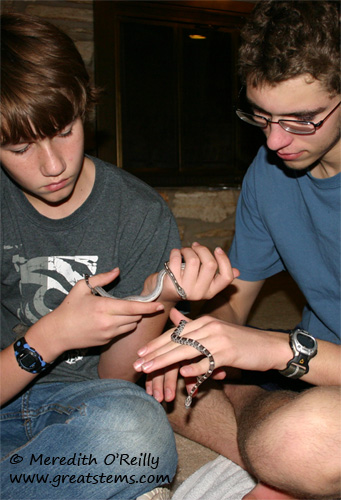
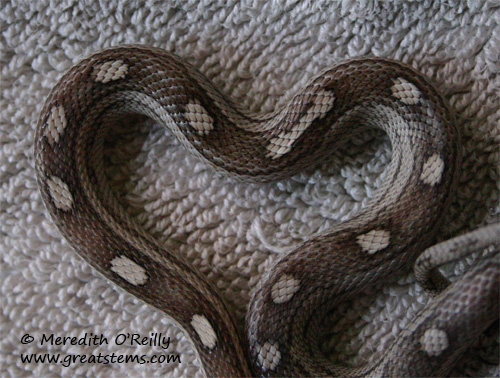
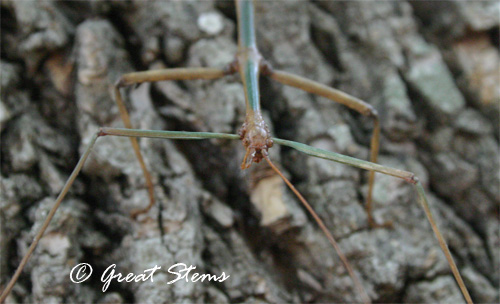
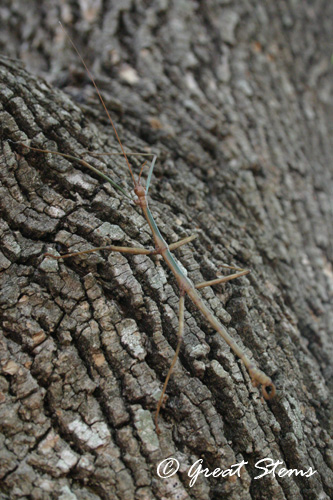
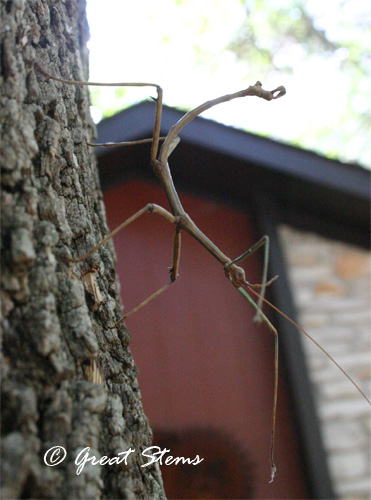
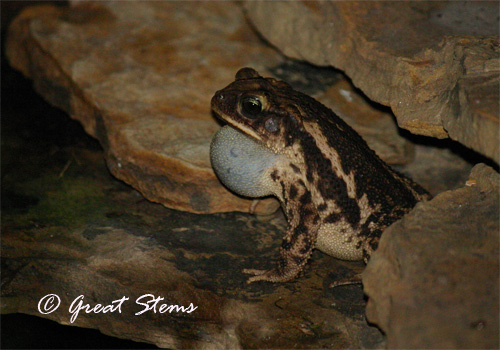 The male toads are singing each night, doing their best to entice a female for a dip in the pond.
The male toads are singing each night, doing their best to entice a female for a dip in the pond.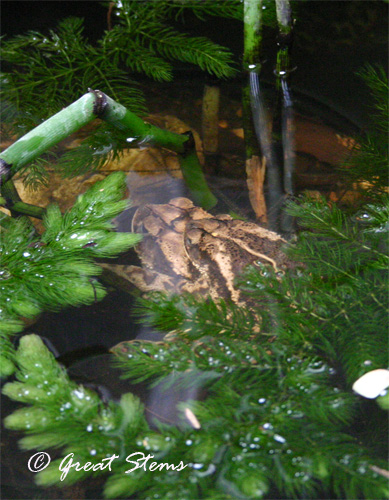
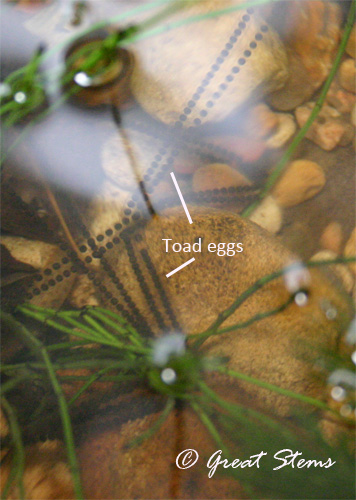
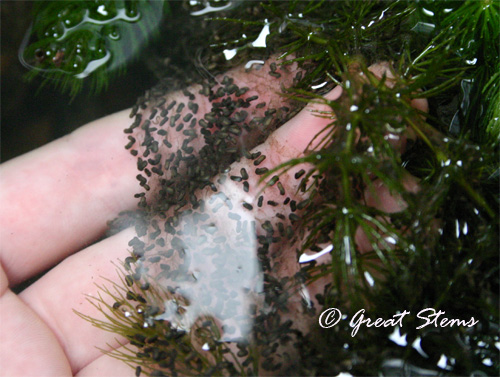
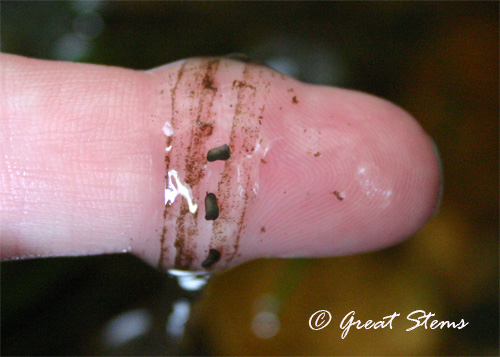
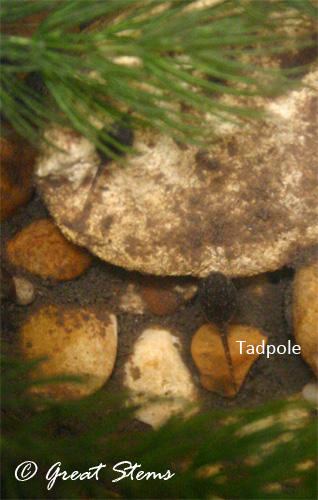 Despite the great numbers of eggs laid, very few make it to adulthood to live the life of a toad. They become food for other creatures, including the one below.
Despite the great numbers of eggs laid, very few make it to adulthood to live the life of a toad. They become food for other creatures, including the one below.